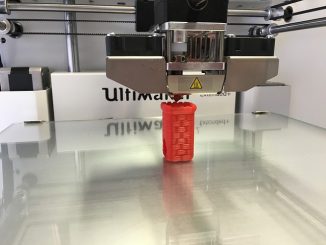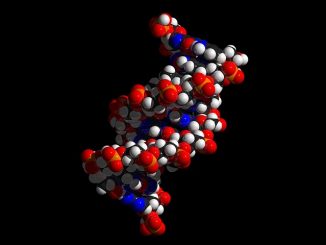
Stem cells, or more specifically, pluripotent cells, are special because they can turn into blood, bone, muscle or nerve. In short, they can turn into any type of cell, including brain cells which take the longest time to fully develop.
In humans, it typically takes 9 to 12 months for a single brain cell to achieve full growth. And from induced pluripotent stem cells (also known as iPS cells or iPSCs), it can take anywhere between 3 to 20 weeks to create a human brain cell. Do the math and you’ll know that the process simply takes too long. Not only that. With the methods being used today, there isn’t even any guarantee that the iPSCs will grow into brain cells because they can just as easily turn into some other type of cell.
But with a new method developed by a team of researchers at the University of Cambridge, stem cells can now be practically dictated to turn into what scientists want them to turn into. The platform is called OPTi-OX (short for optimized inducible overexpression) and it allows optimized gene targeting. This means that by activating specific genes, the stem cells can be reprogrammed to turn into a population of pure and identical cells, even gray matter (neurons) and white matter (oligodendrocytes) which are usually the hardest to make.
By using the OPTi-OX platform, the team led by Professor Ludovic Vallier, Daniel Ortmann and Dr. Mark Kotter, was able to produce the exact type of cells they wanted, and they were able to do the conversion in less than a week.
As explained by Professor Vallier, they merely had to ‘change a few ingredients’, technically, transcription factors. “We over-expressed factors that make stem cells directly convert into the desired cells, thereby bypassing development and shortening the process to just a few days,” he said in a statement.
A simplified and accelerated way to grow specific cells (and in large numbers at that) may be exactly what the medical world needs to develop better therapies and treatments for several debilitating diseases including Alzheimer’s, Parkinson’s, heart disease and cancer.
Right now, the “neurons produced from this study are already being used to understand brain development and function,” Dr. Kotter said. The ability to produce ‘hard-to-access’ cells and tissues can surely help facilitate a better understanding of diseases and how tissues respond to newly developed treatments.
And, of course, the ones who need organ and tissue transplants will probably be the first to benefit from this method as they will no longer have to wait too long to receive the transplant they need.
The study was recently published in the journal “Stem Cell Reports”.
References: ScienceDaily
- Bulenox: Get 45% to 91% OFF ... Use Discount Code: UNO
- Risk Our Money Not Yours | Get 50% to 90% OFF ... Use Discount Code: MMBVBKSM
Disclaimer: This page contains affiliate links. If you choose to make a purchase after clicking a link, we may receive a commission at no additional cost to you. Thank you for your support!




Leave a Reply